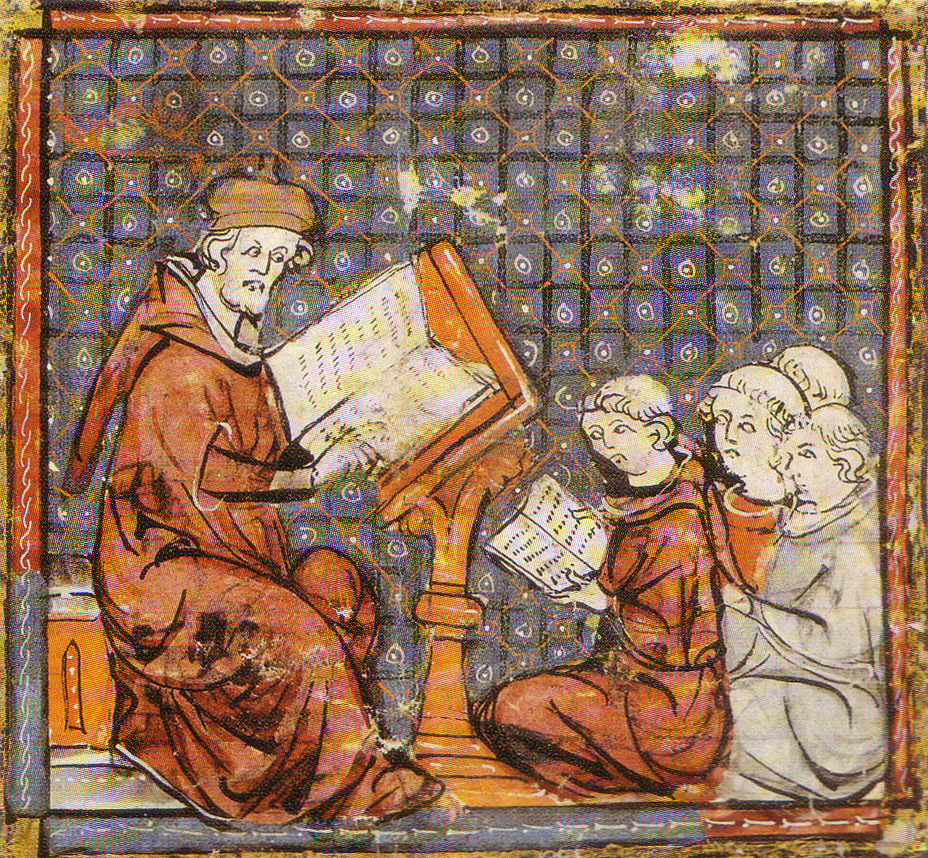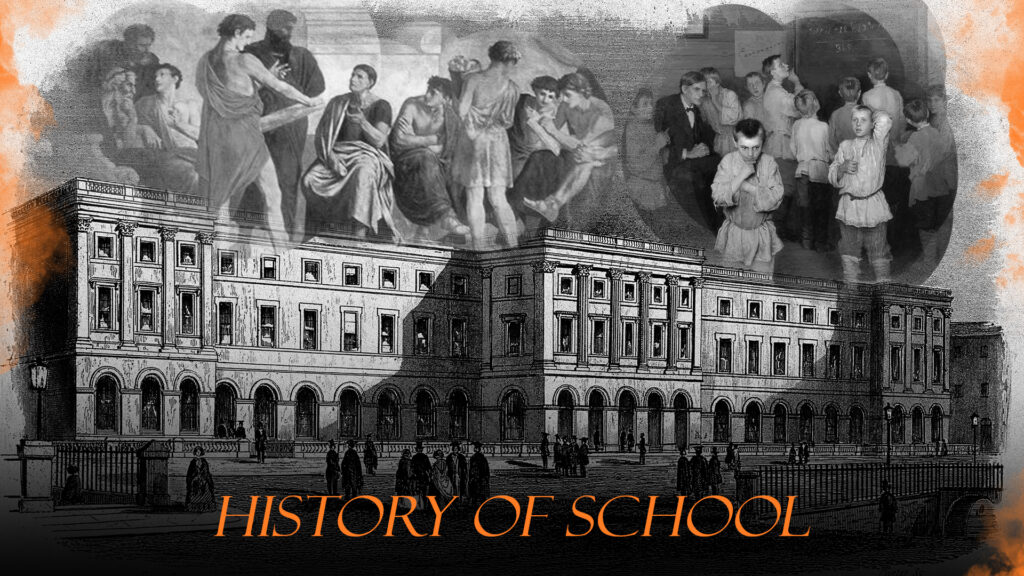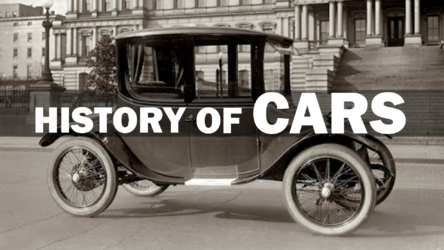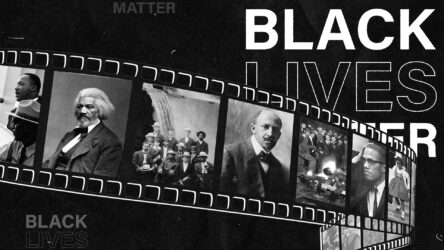Schools were founded in Europe in the 12th century. That is considering the model of school we have today, with teachers and children as students. In ancient Greece, children were educated, but informally, without dividing into grades or classrooms. In medieval Europe, however, knowledge was restricted to members of the Church and a few noble adults.
The word “school” comes from the Greek scholé, which means, believe it or not, “place of leisure”. That’s because people went to school in their spare time. Several teaching centers popped up in Greece, at the initiative of different philosophers. Schools were generally carried out by the founding philosopher’s disciples and each valued an area of knowledge. The school of Isocrates, for example, was very strong in teaching eloquence, which is the art of expressing yourself well. But multi-thematic schools, which include the basic disciplines we have today, such as mathematics, science, history and geography, only emerged between the 19th and 20th centuries.
Prehistory
At some point in history, the human being realized that he could transmit knowledge to another human being. When exactly this happened is something that cannot be determined with certainty, but it was in some period between the beginnings of humanity. The history of education would thus have started in an intuitive and natural way, with children learning from their elders through observation, just as animals do.
Ancient Greece and Rome

The rise of private property changed relations between men, and social classes and slavery began to appear. In ancient Greece and Rome, free men had a lot of idle time, and in order to occupy it, an institution that we know today is created: the school.
There, citizens acquired knowledge consistent with the interests of the society in which they lived. Content such as oratory, rhetoric, philosophy, arts and literature were taught. Learning helped students to prepare for political life, which was the great motto of Greco-Roman societies.
Middle Ages

As you may have noticed, educational trends tend to go hand in hand with the historical moment that society is going through, and in the Middle Ages, it was not different.
In the Middle Ages, the school is no longer focused on teaching political skills and has a strong influence from the Catholic Church. Among the contents that were taught were Latin and religious education.
If you think that teaching at that time became democratic, you are wrong. In the medieval period, the school remains for the few. While the upper levels of society have access to school, a large part of the population is illiterate.
Modernity

- Enlightenment / French Revolution
The Enlightenment movement, which shook Europe in the 18th century, argued that man should be master of himself and make decisions based on reason.
The Enlightenment had as its motto “Freedom, Equality and Fraternity”, and served as a strong inspiration for the French Revolution (1789-1799). This, in turn, culminated in the approval of France’s Declaration of Human and Citizen Rights. In the following decades, this declaration would influence similar publications in other countries in Europe and Latin America.
With civil rights, people from different levels of society gain the status of citizens and gain access to school. Knowledge then begins to democratize.
- Industrial Revolution
Another factor that favored the expansion of education was the Industrial Revolution (1820 – 1840). It is marked by the change from artisanal to machine production. As factories needed skilled labor, expanding the supply of schools to the lower classes met this need.
The most traditional classroom configuration that we know today, with students lined up behind each other, is a remnant of that time when the factory format started to be replicated by institutions.
- Information Age
The Information Age – also called the Technological Era or Digital Era – is the post-industrial era marked by technological advances that began to transform society from the 1980s.
As in all moments of history, the reflections of what society lived reached schools, and technology began to transform education. Educational institutions gradually adopted computer labs, the internet made access to knowledge faster than libraries allowed and the distance learning modality advanced and expanded.
Evolution of Schools
Education 4.0 is the reflection in schools of the 4th Industrial Revolution. The moment which is what we are currently experiencing is characterized by the high technology that the industrial sector employs for the automation of processes and the emergence of concepts such as cloud computing and the internet.
Education 4.0 brings this reality into schools, focusing on the teaching and learning process in skills required by today’s market, among them entrepreneurship, mathematics, logic and digital knowledge.
Teaching methods that value the virtual plan, experimentation, practice, collaboration and interdisciplinarity are highlighted. The classroom format begins to be revised, and many models are configured so that the student leaves the role of observer and starts to have a collaborative function or even a protagonist within the teaching itself.
The processes within schools also change, and various tasks are being managed by technology. Digital resources are used from the moment the student enters the school and crosses the electronic turnstile, until the moment when the institution communicates with his parents through an application installed on his cell phone. All management is done digitally, the processes are integrated with each other and even monthly fees are paid by those responsible in a few clicks.






